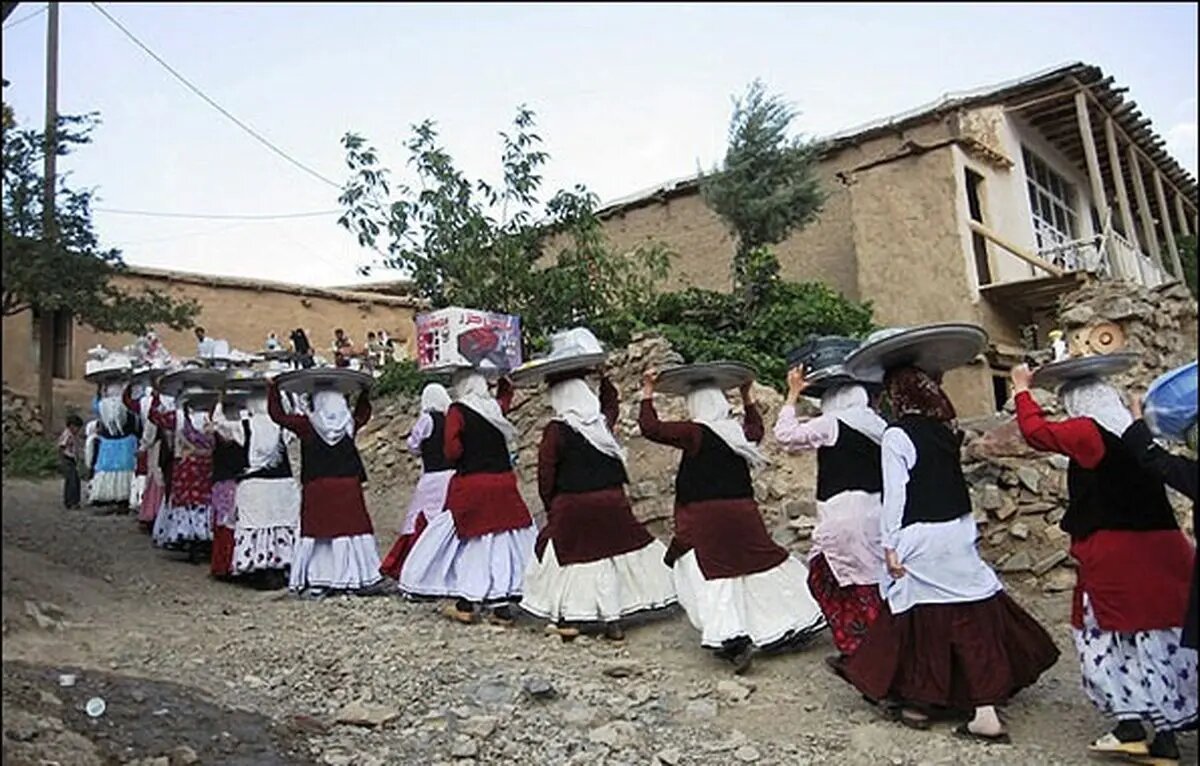Gilan, where tradition lives in fields, music, and stories

TEHRAN – Nestled in Iran’s lush northern region, Gilan is a place where history breathes through vibrant traditions. This Caspian province isn’t just rich in nature, it’s a treasure trove of living culture, from haunting melodies and ancient myths to mouthwatering cuisine and timeless crafts.
Gilan’s heritage is as diverse as its landscapes. Farming rituals, traditional music, handmade crafts, and unique dishes continue to thrive, coloring daily life. Rasht, the province’s capital, has even earned a spot on UNESCO’s Creative Cities Network for its incredible gastronomy, a true testament to Gilan’s rich cultural roots.
The region is also famous for its silk-reeling craft and the ancient harvest festival of Mehregan, both recognized by UNESCO. Beyond that, Gilan boasts over 130 cultural treasures, from culinary delights to musical instruments and local rituals, 41 of them food-related alone.
Music in Gilan is more than entertainment; it’s a heartbeat. Traditional songs from soothing lullabies to lively field chants echo the rhythms of rural life. Instruments like the tambura and karna carry deep meaning. The tambura, depicted in ancient pottery and 14th-century poetry, is one of Iran’s oldest folk instruments. The karna, once used in battles and worship, still plays during mourning ceremonies in eastern Gilan.
Religious and social customs vary across Gilan’s villages, blending Islamic traditions with local flavor. During Muharram, unique mourning rituals like noheh chanting set Gilan apart from other regions. Seasonal festivals—celebrating rice, pomegranates, and silk harvests—bring communities together with music, dance, and shared meals, strengthening bonds across generations.
In Gilan, food tells stories as well. Dishes like torshe tareh, fesenjan with duck, and mirza ghasemi showcase the region’s rich biodiversity and culinary creativity. Preparing and sharing these meals is a ritual itself—torshe tareh, made from seven medicinal herbs, is traditionally served during Nowruz to symbolize renewal.
Women are the keepers of this culinary wisdom, passing down recipes and cooking techniques that keep family traditions alive and fuel the local economy. Many dishes are still crafted using handmade tools and earthenware, linking food to the province’s artisanal heritage.
Moreover, the Gilaki language, with its distinct dialects, carries the spirit of the province. Though its use is declining among younger generations, storytelling, proverbs, and folktales continue to preserve the wisdom of nature and myth. Rural gatherings—especially on long winter nights or during festivals like Yalda—keep these stories alive.
When it comes to traditional clothing, Gilan has also many to offer. From the colorful Qasemabadi styles in the east to Talishi garments in the west, it is a vibrant expression of identity. These hand-embroidered outfits, some dating back to ancient times, reflect not just fashion but the environment and culture of each community.
In addition, handicrafts remain a vital part of Gilan’s cultural fabric. The village of Qasemabad, known worldwide for its chador-shab weaving, creates stunning textiles that blend tradition with modern life. Meanwhile, reed weaving from Fashtekeh village, using local wetland materials, is gaining recognition for its sustainable and cultural significance.
Despite its rich history of cultural heritage, Gilan’s traditions face challenges: limited markets, expensive materials, and the risk of fading skills. Experts stress that preserving this heritage means more than just documentation—it requires the active participation of local communities.
Some believe that organizing festivals, workshops, and eco-tourism are helping revive these customs, linking cultural pride with economic opportunity.
AM
